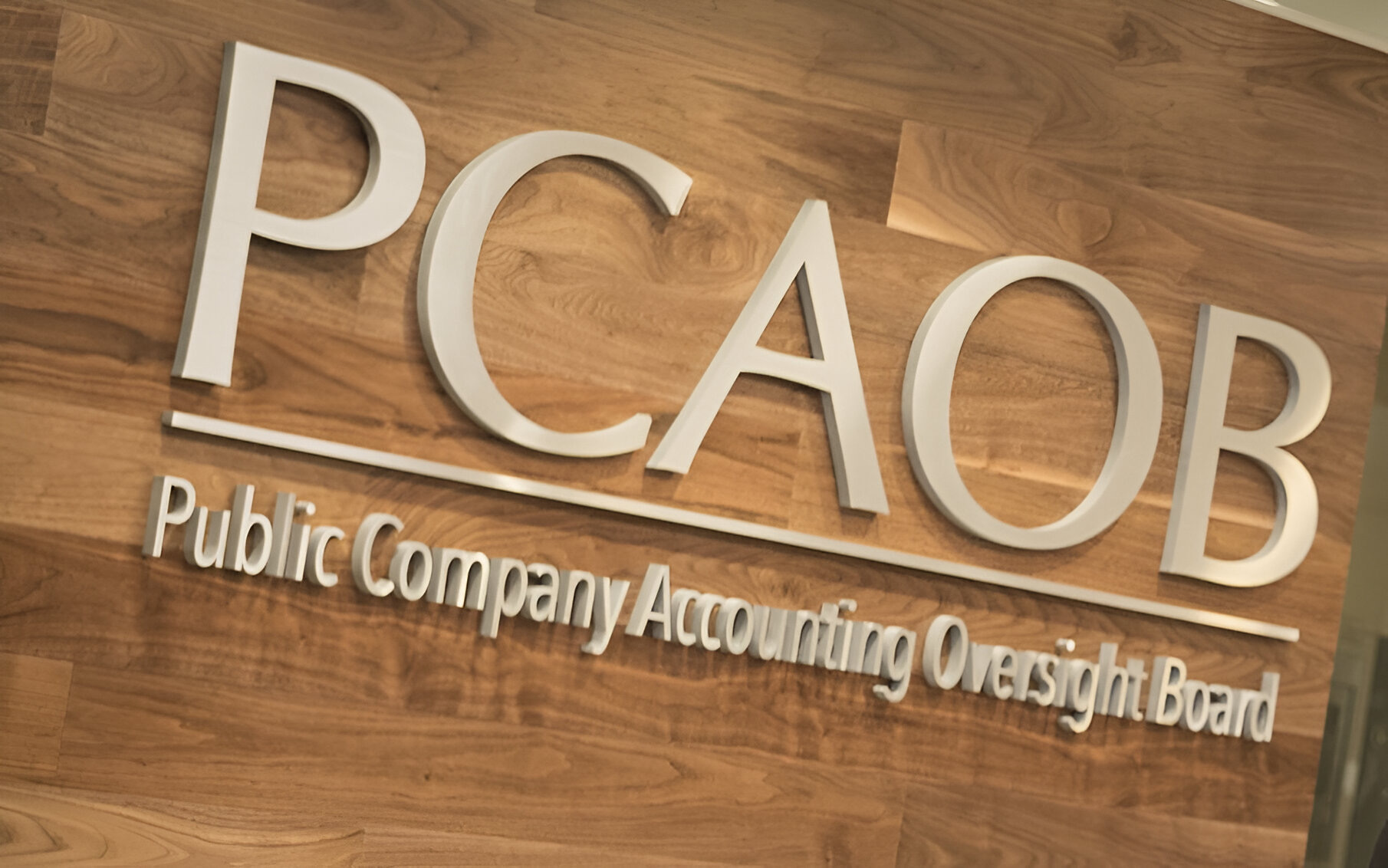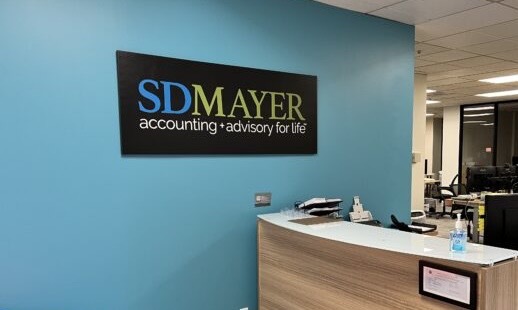By Brian Hershman, EA.
Most of us know what it’s like to work in an office full time, but before March 2020, not everyone knew what it was like to work remotely full time. Thanks to COVID-19, most of us now do, so which one is best? Working from home or working from an office outside the home? What about a hybrid model combining the best of both worlds?
When drilling down to the biggest strengths and weaknesses of both, the two main concerns revolve around efficiency and culture. However, the strength of one is the weakness of the other, in most cases.
I had some unique experiences with remote work early on. In 2007, I worked for a global company that was entirely remote – and I would call the working environment a success. The company grew from $1 million to $3 million in sales in just a couple of years.
Believe it or not, working remotely was completely possible, even 14 years ago, without Zoom, cell phones with internet, and other technologies we now consider business as usual.
From a culture perspective, I have always been fascinated by a championship culture. I was a basketball coach for many years, and there was no such thing as a championship team without a championship culture.
Remote is the way to go
You can have an office culture with efficiency, but in my experience, working remotely is way more efficient. Have you ever seen the episode of Seinfeld where George discovers that if he just looks frustrated and upset in the office, everyone thinks he’s working extremely hard? This is how I see the old paradigm of in-person work: equating your mere presence with productivity. Don’t mistake activity for achievement.
That is where I feel the office setting loses efficiency with small talk, long lunches, and distractions, which could be the biggest reason for inefficiency. People will generally ask others around them for help, but if you’re working remotely, you might find the solution on your own and remain more efficient.
Establish a winning culture
Recently, I attended the Intuit ProConnect virtual conference, which had some of the best technology I had ever seen for a virtual conference; they even had an online “networking lounge.” However, I just don’t see how virtual learning will ever be as good as going to a conference in person.
I printed out an article from a Rootworks breakout session called “Healthy Culture in the Modern Firm.” This article provides information on how your firm is operating under the influence of a living and growing culture. Culture is defined as “the collective beliefs and behaviors of a firm.”
In my experience, learning from a great mentor, CPA, or EA in person is superior, because you can model and learn behaviors and belief systems from that person. There is no way to replace this learning remotely by osmosis. A lot of great lessons come from learning by example.
Too much focus on efficiency can turn into killing a goose that lays the golden eggs.
The answer?
As I write this, I think remote is the way to stay if you are a small firm with a few employees. If you have more employees, consider a hybrid model combining the best of both worlds. Structure your firm with efficiencies that focus on a championship culture. Great teamwork helps boost efficiency, so a culture developed in person can pay long-term dividends.
However, this can work in reverse, too. A bad culture at the office will lead to more costs, including human resource headaches and gossip.
You may be thinking, if everyone is remote and I am not watching them, will they do what they need to be doing? You don’t have an eye on them right?
The best person I know who taught culture was a basketball coach who believed a great culture occurred when the following happened: Every single manager and coach had an emergency and needed to leave – and the team and practice level had no drop in activity. They could run it themselves and keep the same level of integrity.
That should be the goal: Develop the culture in person, so you can improve efficiencies remotely, save costs, and thrive.
Technologies that help you work remotely
Here are several technologies for consideration; of course, every firm will be different, but here are my recommendations:
Obvious and must-haves:
Some favorites:
- Intuit ProConnect Tax – being in the cloud is huge.
- Intuit Practice Management – CRM/practice management software.
- Loom – screen share videos to share with clients and your internal team.
- Calendly – share your calendar and have clients book directly to your Google calendar.
- Veem – free international payments.
- QuickBooks Time – time tracking.
- 1Password – secure password management.
- Momentum (Chrome plugin) – focus and inspiration to your new Google Chrome tab.
- Calm – meditation app that improves productivity.
- Todoist – to do list management with your team.
- pdfFiller – fill out PDFs; I also use my online fax to send PDFs.
- Upwork – find freelance contract work from all over the world.
- eSignature – available through ProConnect to enable digital signatures.
Apps I hear good things about
- Practice Ignition – proposal/contract/client payment system.
- Asana – project management software.
- focus booster – track productivity.
Remote cost savings
- Staff meals.
- Transportation costs.
- Office expenses, such as food for staff.
- 2x computers and tech – I have a desktop mac at my house; if I had an office, I would have to buy another one.
- Office furniture.
- Utilities – When I had an office, I had to buy these extras: a water delivery service, cable TV, plant watering, internet, and electricity.
========
A licensed EA and QuickBooks Online Certified Advanced ProAdvisor, Brian Hershman has more than 15 years of experience as a business owner. His first business was in the sports world, where he developed from scratch a nationally recognized youth basketball academy that produced college players and an eventual NBA draft pick.
Thanks for reading CPA Practice Advisor!
Subscribe Already registered? Log In
Need more information? Read the FAQs
Tags: Accounting, Firm Management, Technology




